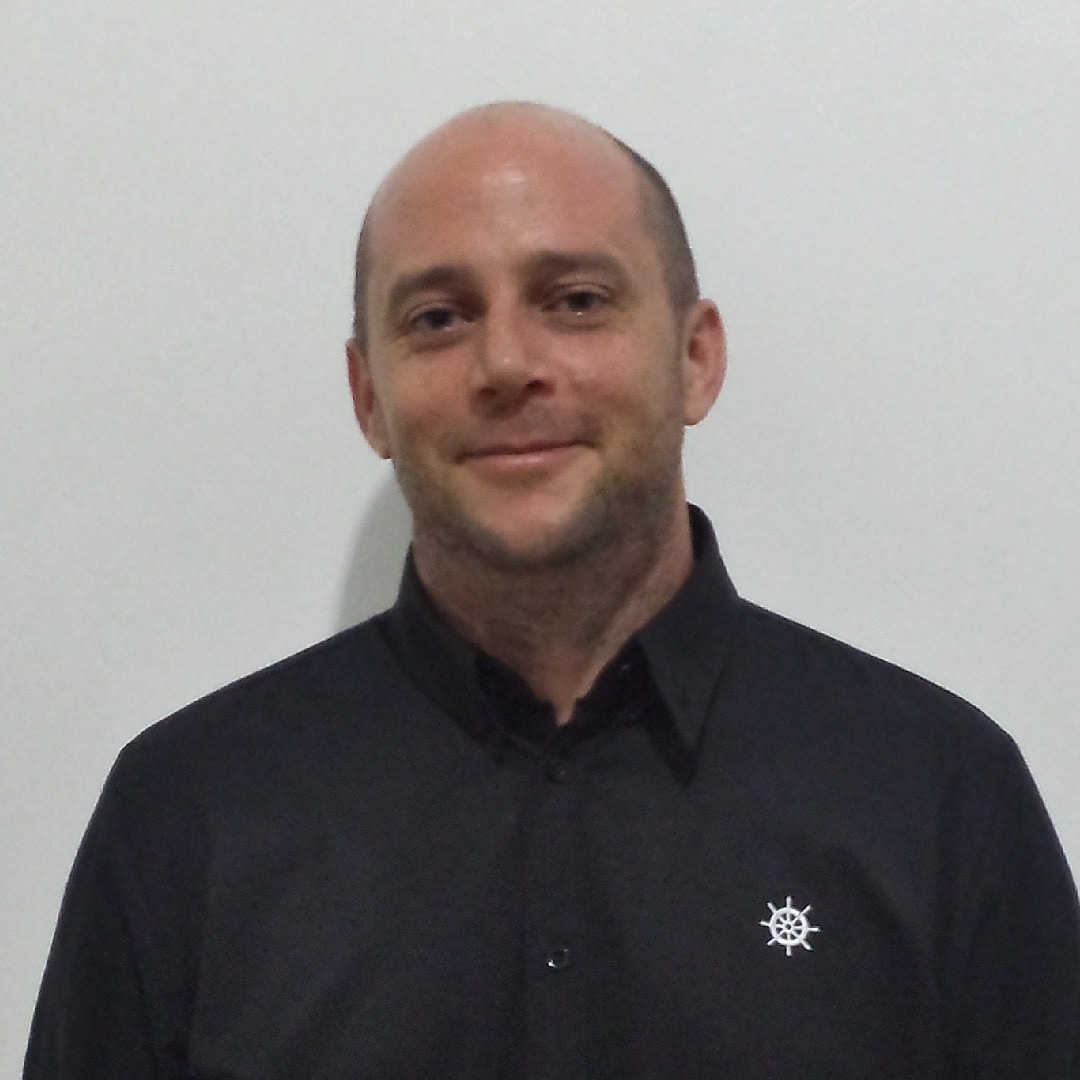Language Acquisition: More Order and Progress

Order in the classroom by Martin Bowling (CC.BY.20)
A couple of months ago, I wrote about how there seems to be very little order in how we learn a language. Just because we ‘learn’ some aspect of a language one day doesn’t mean we will be able to use it the next. Also, we might use a language quite comfortably one day, only to be completly useless the next time.
While this is true for each individual, whether they are learning their first or second language, there does seem to be quite a bit of order over the whole population.
It seems that when learning our first language we tend to do it in a similar order, no matter what the language context. This means that we will generally learn the present progressive before plurals and the irregular past before regular past. There are obviously exceptions, for example some languages don’t have irregular pasts, or other languages place more emphasis onpresent simple and so a child will pick it up sooner. But as a rule, this order seems to hold.
An order of acquisition as presented by R. Brown (1973)
There are obvious questions as to why this order should be found across a range of languages and there isn’t a definite answer. It would seem that the brain has to develop in order to be able to deal with the concepts involved, but this is only a theory at the moment.
As a parent, and somebody interested in language, it is fascinating watching a child as he progresses his way through this order of acquisition. My son is now 3 and 1/2 and can just about deal with some plurals and the occasional irregular past tense. He is starting to show an awareness of possessives, but the rest of it is beyond him at the moment.
And as a language teacher who is interested in language (unfortunately not all language teachers are) it is fascinating to see this order being replicated in L2 acquisition as well. The order is far less strcitly adhered to than in L1 acquisition as there are more variables involved (learning as a foreign language compared to a second language, style of teaching, L1 interference…) but there does seem to be more similarities than differences, at least when it comes to learning English.
What does this mean to language teachers and parents? Well, the main thing that I have taken from this is not to push something just because we think it is important. By all means, make students or your kids aware of the third person plural ‘s’, but dont expect them to master it straight away. It will come with time and patience and plenty of exposure to language.
Bibliography
There are millions of things you can read about the order of acquisition, but I recommend the following:
Have a kid and watch him learn.
Teach lots of students over different levels and watch them learn.
Brown, R (1973) A first language. Cambridge, MA: Harvard University Press
Cook, V (1993) Linguistics and second language acquisition. New York: St. Martin’s Press
Kwon, E Y (2005) The “Natural Order” of morpheme acquisition: A historical survey. Teachers College, Columbia University Working Papers in TESOL & Applied Linguistics, 2005, Vol. 5, No. 1
Larsen-Freeman, D. E. (1976). An explanation for the morpheme acquisition order of second
language learners. Language Learning, 26, 125-134.
Larsen-Freeman, D. E., & Long, M. H. (1991). An Introduction to second language acquisition
research. New York: Longman.







